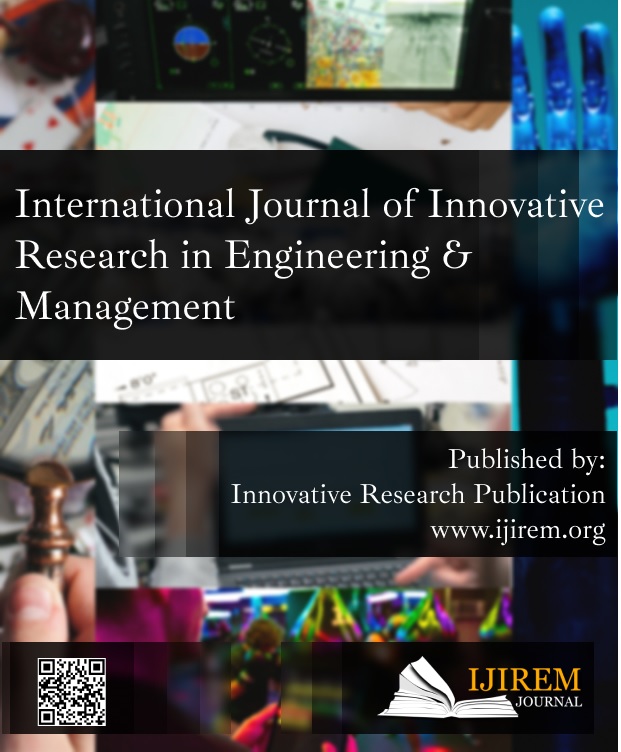Survey on Football League Table and Player Performance Prediction Using Data Science
Keywords:
Sports analytics, Data mining, Web scrapping, Machine LearningAbstract
This article focuses on team performance as well as player performance prediction, with team performance being evaluated using a variety of machine learning algorithms and web scraping methodologies. Data is refined and modified efficiently to get the desired accurate results. Advanced Statistics is used to get results. The prediction includes final league table of teams, whether a team is going to have a better season than the previous one. Prediction is also done to evaluate the rating of a defender.
Downloads
References
Tax, N. and Joustra, Y. Predicting The Dutch Football Competition Using Public Data: A Machine Learning Approach. 10, 2015, Transactions of knowledge and data engineering, Vol. 10.
Hucaljuk, J. and Rakipovic, A. Predicting football scores using machine learning techniques. 2011. MIPRO, 2011 Proc. 34th Int'l Convention
Eggels, H. - van Elk, R. - Pechenizkiy, M. Explaining soccer match outcomes with goal scoring opportunities predictive analytics, 2016.
Oberstone, J. Differentiating the Top English Premier League Football Clubs from the Rest of the Pack: Identifying the Keys to Success. 2009, Journal of Quantitative Analysis in Sports, Vol. 5.
Kringstad, M. and Olsen, T.-E. Can sporting success in Norwegian football be predicted from budgeted revenues? [6]Sîrb, L. - Molcuţ A. - Nastor, F. The Exercise of Prediction Process of Performance within Football Sports Management by Using Fuzzy Logic from the Perspective of Value Analysis on Tactical Compartments of Game of the Football Players. 2015, Journal of Knowledge Management, Economics and Information Technology, Vol. 5
Pappalardo, L. - Cintia, P. - Ferragina, P. -Massucco, E. - Pedreschi, D. - Giannotti, F. PlayeRank: data-driven performance evaluation and player ranking in soccer via a machine learning approach, ACM Transactions on Intelligent Systems and Technology September 2019 Article No.: 59.
